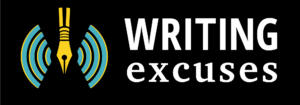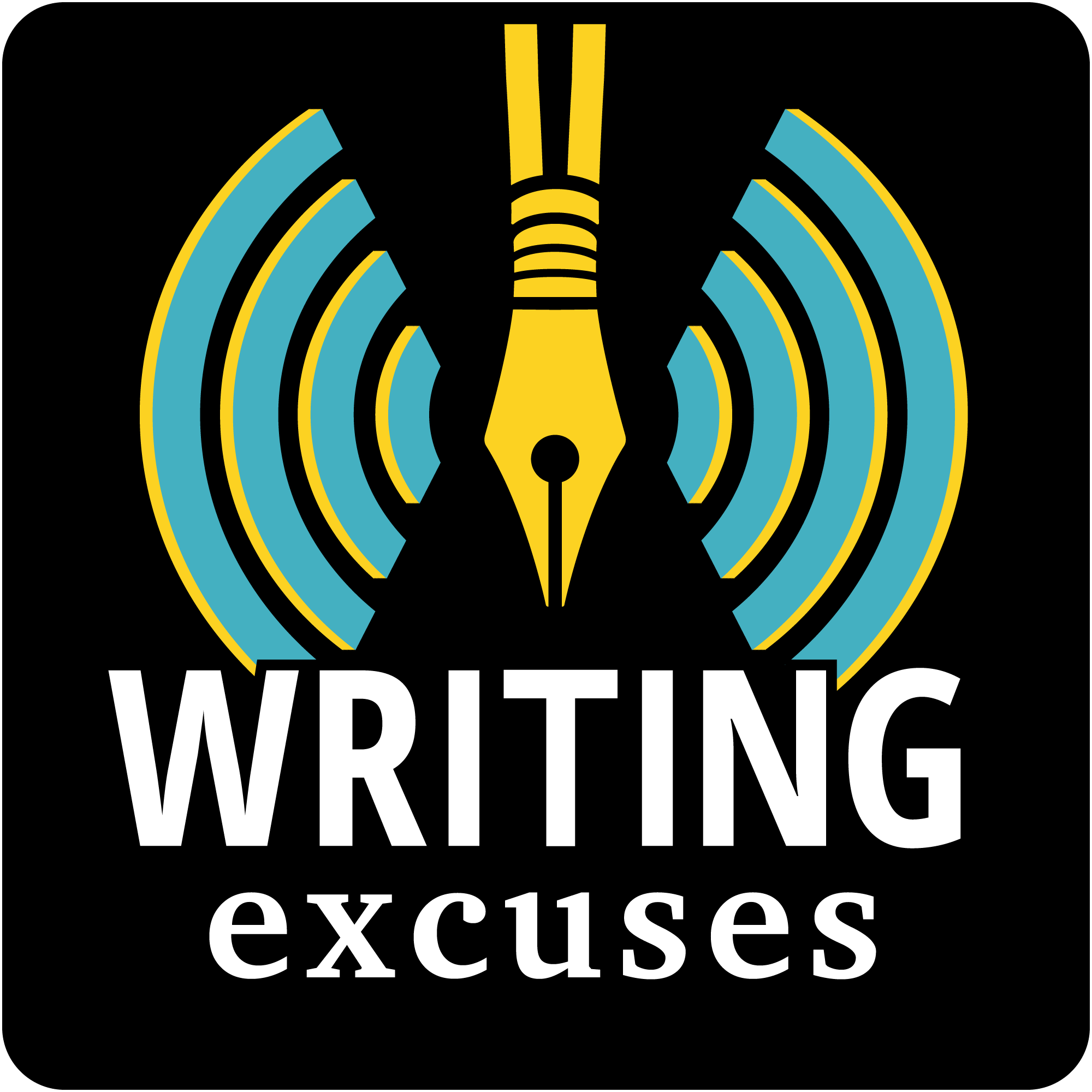Your Hosts: Brandon, Mary, Dan, and Howard We begin our exploration of short story structure with a re-cap of the MACE quotient (Milieu, Ask/Answer, Character, Event). Then we apply that tool to how we structure the pieces we write—specifically the short ones. Liner Notes: Here’s “Evil Robot Monkey” by Mary Robinette Kowal And here’s a…
Fifteen minutes long, because you're in a hurry, and we're not that smart.

